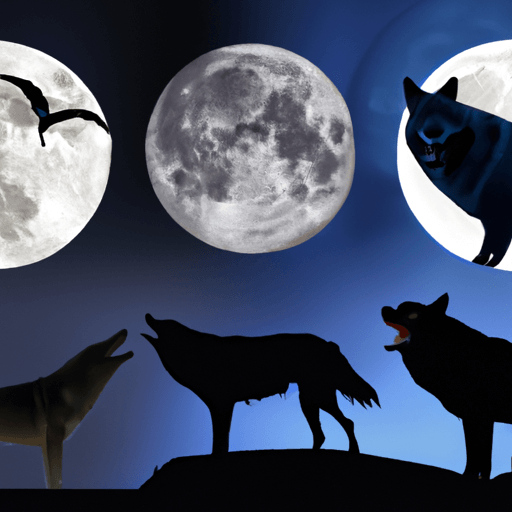Lunar Cycles and Wildlife Behavior: An In-Depth Exploration
The significance of lunar cycles has held a prominent place in folklore and mythology, but beyond that, its influence permeates more into the biological realms than is often recognized. The fluctuating phases of the moon exert a substantial impact on wildlife, influencing various aspects like migration, feeding, breeding, and general behavior across a multitude of species. This article delves into this scientifically captivating phenomenon, offering perspectives from scientific studies and wildlife experts.
Lunar Cycles and Wildlife Behavior
Visible changes in moonlight and gravitational pull associated with different phases of the moon govern a multitude of behavioral changes in wildlife. These alterations span from bearing effects on reproductive cycles to triggering migration and feeding instincts.
Migration Patterns and Lunar Phases
Various scientific studies have spotted a correlation between wildlife migration and the lunar cycle. Birds, for instances, base their migration patterns on lunar calendars to optimize their traveling conditions. Moon phases have been found to affect the timing of migratory birds, like the Red Knot species, to ensure maximum daylight for feeding and minimal predatory threat during flight.
Feeding and Breeding Behavior
The influence of the moon doesn't stop at migration. The brightness of moonlight affects the feeding habits of many nocturnal animals. Predators utilize the heightened intensity of full moon nights for hunting, increasing their feeding activity. Similarly, the lunar cycle also carries significant influence on the breeding activities of various species. Coral spawning, for example, synchronizes with specific lunar phases.
Implications for Animal Survival and Biodiversity Conservation
Understanding the influence of lunar cycles on wildlife behavior is crucial for developing strategies in biodiversity conservation. Awareness of these patterns aids wildlife and habitat conservation efforts by helping predict and adjust to changing animal behaviors. These moon-induced patterns can help establish effective management schedules and practices for protected species.
Comprehending this natural phenomenon is essential for catering to the specific requirements of various wildlife species and ensuring their survival in the face of anthropocentric challenges. By factoring the lunar influence into conservation efforts, the interest of biodiversity preservation is better served.
Though the realm of lunar influence on wildlife behavior demands further extensive and comprehensive research, current knowledge emphasizes its importance in understanding wildlife behavioral patterns. Factoring this into our conservation strategies will play an ubiquitous role in optimizing our efforts towards preserving our planet's biodiversity.



















Comments
Leave a Comment